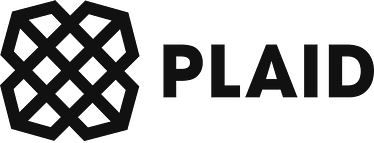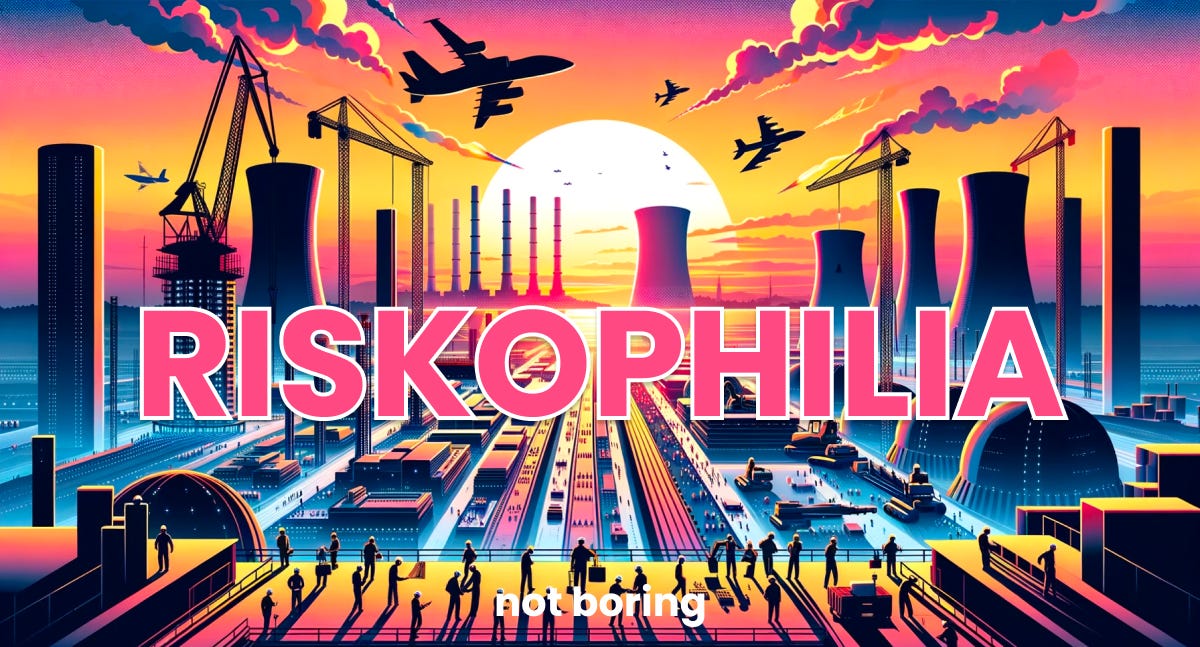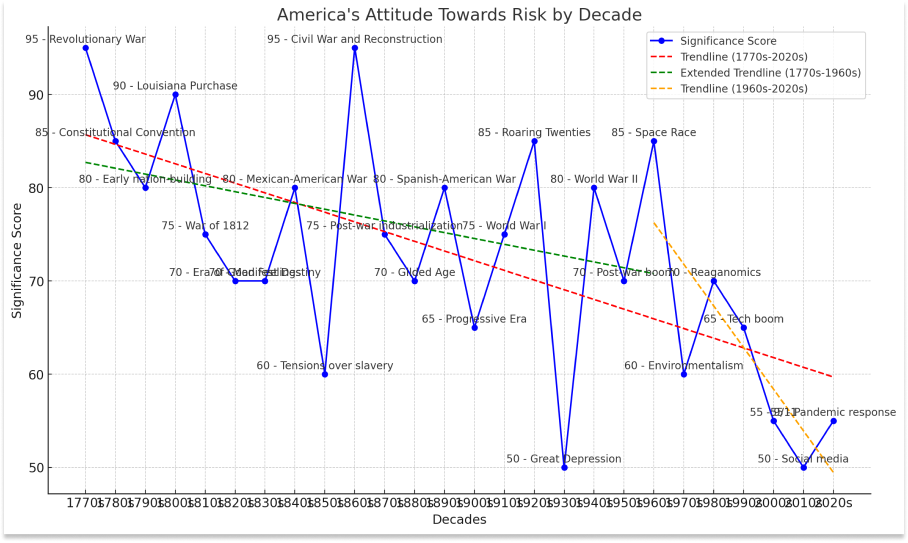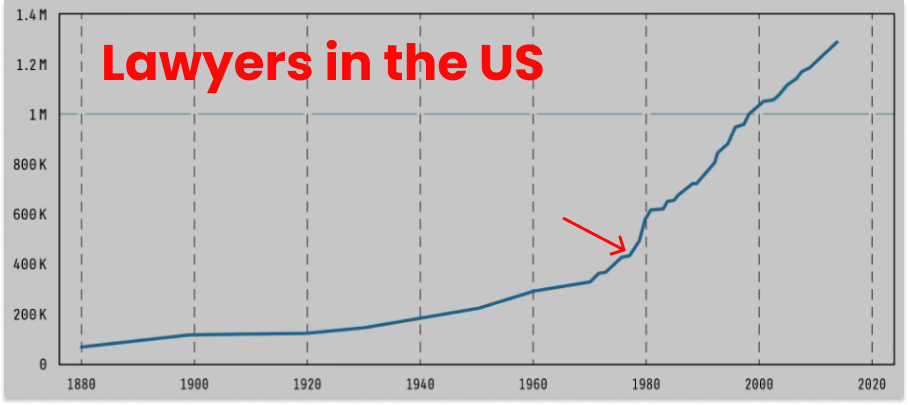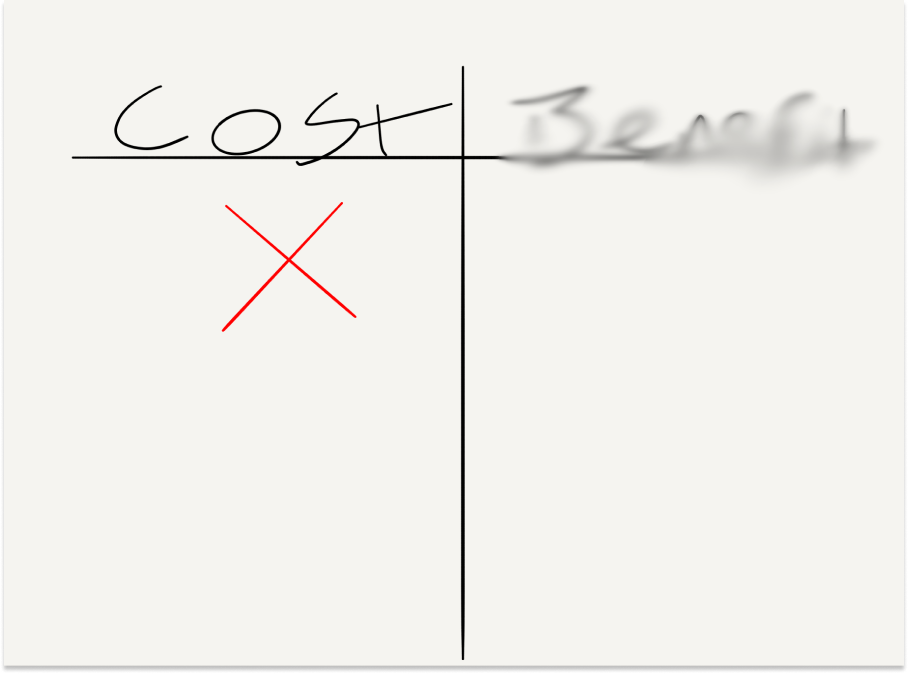Not Boring by Packy McCormick - Riskophilia
Welcome to the 901 newly Not Boring people who have joined us since our last essay! If you haven’t subscribed, join 213,039 smart, curious folks by subscribing here: Today’s Not Boring is brought to you by… Plaid You may know Plaid as the company that easily lets you connect and authorize your bank to your favorite finance apps.When that original product dropped back in 2013, it was like magic and unleashed a whole wave of fintech innovation – think Venmo, Chime, and SoFi. In the decade since, Plaid has established itself as one of the leading fintech infrastructure companies and has rolled out a whole suite of products that allow businesses to get the most out of their financial data - including payments, identity verification, and credit. The company also has a particularly unique vantage point on the fintech industry. It partners with both cutting-edge startups and legacy incumbents, has experienced the ups and downs of the general macro environment over the last few years, and, as a financial data network, has an inside view of what’s working in fintech today. Each year, the company publishes its Fintech Spotlight Report. This year’s report, titled “A Focus on Profitability,” covers three main topics: improving profitability, crypto services, and lending. Whether you’re a fintech, lender, banker, investor, or just an interested analyst, you’ll find valuable insights inside the report, which they are making free to download for all Not Boring readers. RiskophiliaWhat if we’re thinking about risk backwards? Over the weekend, a paper in The Journal of Pediatrics titled, Decline in Independent Activity as a Cause of Decline in Children’s Mental Well-being: Summary of the Evidence swept the internet. The authors’ argue that “a primary cause of the rise in mental disorders is a decline over decades in opportunities for children and teens to play, roam, and engage in other activities independent of direct oversight and control by adults.” Right on the first page, they write (emphasis mine):
My thesis is that it’s not just the kids. Replace “children” with “people” and the paragraph works just as well! Over the same time period, beginning in the 1960s and accelerating in the 1980s, the implicit understanding shifted from that of Americans as competent, responsible, and resilient to the opposite, as advice focused increasingly on Americans’ needs for supervision and protection. As a quick pulse check, I asked ChatGPT to give me a rough estimate of America’s attitude towards risk every decade since our founding: This is an admittedly unscientific approach, but I found it interesting. ChatGPT has no horse in this race, and the dropoff from the 1960s to the 1970s lines up with the child-raising paper and the rise in regulation. Something changed in the 1970s (cue: wtfhappenedin1971?). If you deconstruct the larger trendline into two – one from the 1770s - 1960s and the other from the 1960s - 2020s – that change jumps off the page. We stopped embracing risk and started trying to eliminate it. We went from riskophilia to riskophobia. The 1970s are a fascinating decade for people who think about progress. Tyler Cowen calls the period since 1971 The Great Stagnation, a half-century slowdown in productivity and innovation. In WTF Happened in 2023?!, I wrote that about that year, “You might have picked up a shift from optimism to pessimism, which trickled into policies, corporate decisions, and then, years later, into the data.” We can get more specific here. The 1970s saw the rise of safety culture with the creation of the Nuclear Regulatory Commission (NRC), Environmental Protection Agency (EPA), and Occupational Safety and Health Administration (OHSA), along with the passage of the Clean Air Act, the Occupational Safety and Health Act, and the Consumer Product Safety Act. Inspired by the German environmental movement, which called it “Vorsorgeprinzip,” or foresight principle, the 1970s also birthed the precautionary principle. In simple terms, it means “better safe than sorry.” In less simple terms, the precautionary principle suggests that if an action or policy has the potential to cause harm, in the absence of scientific consensus, the burden of proof falls on those advocating for the action or policy, not those opposing it. It’s guilty until proven innocent for new things, but worse, because it forestalls the opportunity for a trial in the first place. The basic problem with the precautionary principle is that, in its strong form, it’s like running a cost-benefit analysis without the benefit column. A single “X” in the cost column is enough to generate a “no” decision. More bluntly, it doesn’t work. In a 2005 paper, The Precautionary Principle as a Basis for Decision Making, Harvard legal scholar Cass Sunstein argues “that the precautionary principle does not help individuals or nations make difficult choices in a non-arbitrary way. Taken seriously, it can be paralyzing, providing no direction at all.” Worse, attempting to eliminate legible risks just creates new ones. “It turns out,” he writes, “that the danger that regulation will create new or different risk profiles is the rule, not the exception.” The canonical example here is nuclear energy. The NRC literally uses a principle that demands that radiation be “As Low As Reasonably Achievable,” an asymptotically impossible goal. Make it safer, then safer, then safer, until you don’t make it at all. Regulation has contributed to making nuclear so expensive that we effectively don’t build it. By minimizing the 0.03 deaths per terawatt hour of electricity produced, we increase the risk of deaths from other fuel sources, the impacts of climate change, and dependence on foreign energy. And we forestall an energy abundant future and its untold benefits. We lower the ceiling, and the floor. We trade freedom not for safety, but for the illusion of safety. Illusion, because: you can’t eliminate risk. Whether we’re talking about parenting or regulation, the idea that you can is comforting. It provides a sense of control. Everyone wants their kids to be safe. But risks don’t operate in a vacuum. By trying to limit known but potentially small risks, you open yourself up to bigger but less legible risks elsewhere. It’s like squeezing a water balloon. Push on one side, the water moves to the other. Push too hard, and the balloon explodes. Embracing risk can make you antifragile by building resilience and adaptability; running from it can make you fragile by removing opportunities to build the same. That’s what the parenting paper argues, and I argue that the same thing is true for adults, companies, and even nations. When World War II struck, America sprung to action, transforming itself into the factory that won the war. Today, as Noah Smith writes, “We’re not ready for the big one.” Our shell-making capacity is about 3% what it was thirty years ago, and China has a 200:1 shipbuilding advantage over the US. I hope to god we avoid World War III, but the fact that it’s even on the table – that war is happening around the world as we speak – should serve as a wake-up call that the world is full of risk, and that by trying to avoid it, we allow it to bloom. There were a million different reasons that 1971 was a turning point from growth to stagnation: oil shocks, the shift from manufacturing to services, declining energy usage, the abandonment of the gold standard, increased regulation. But I think it runs deeper than that, to the cultural core of the country, which is why the same pattern shows up in the economy and in the way parents raise their kids. The shift from optimism to pessimism, from growth to degrowth, from hope to doom, and from riskophilia to riskophobia was the result of a cultural movement, and we need a cultural movement in the other direction to get our swagger back. That might seem naive. There are those who believe that our decline is a fait accompli. I’m not one of those people. It’s why I have been banging the drum on optimism and telling the stories of the people and companies that do embrace risk to try to fix the biggest problems they can tackle. A movement got us into this mess, and a movement can get us out of it. I’ve been wanting to write a piece on America’s attitude towards risk for a while. The good news is, the tide seems to be shifting already. A couple of weeks ago, the All-In podcast’s David Friedberg, who’s had to fight through the precautionary principle as an entrepreneur, went in on the “total lack of assumption of risk generally in the US which limits progress in meaningful ways”: 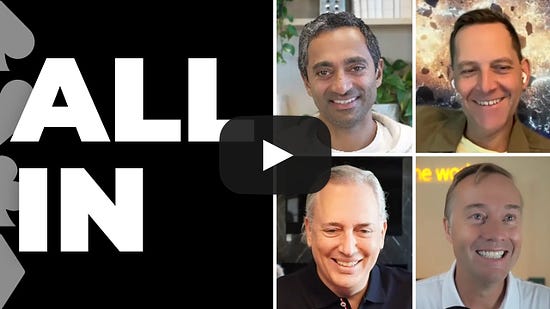 Watch it. And yesterday, a16z co-founder Marc Andreessen wrote The Techno-Optimist Manifesto, offering an aggressively optimistic perspective and going to town on the precautionary principle:
Read the whole thing if you haven’t. I don’t need to re-litigate the points Friedberg and Marc made. I agree with them. And if they sound a bit extreme, it’s because movements aren’t started by tepidly considering every point and counterpoint. The culture shifts through a great Overton Window tug-of-war. If the precautionary principle that has underpinned the last half-century of riskophoboa in America has pushed safety by erasing the benefits column, then the appropriate counterbalance is to make a case for erasing the cost column. If that case lands, we’ll pull hard enough that we end up somewhere in the middle, taking Cass Sunstein’s recommendation that we throw out the precautionary principle in favor of a radical new framework: cost-benefit analysis. Kids should ride bikes with their friends, but they should wear a helmet. They should roam freely, but they shouldn’t go to bars. We should embrace nuclear energy, but we should build containment domes. We should protect the environment, but we shouldn’t let every bobwhite quail egg stand in the way of a better future for humans. Every decision has costs, and benefits. The movement underfoot isn’t against each other or against the government. America has worked best when its government and people were pulling in the same direction: forward. The movement is against the idea of risk minimization as a goal. It’s against the culture of safetyism that we’ve all allowed to seep into every corner of our lives. It’s for the more vibrant, alive, and vigorous world we can build when we embrace risk with eyes wide open. This movement is about much more than tech. The parenting paper helped me realize that the issue runs deeper, and that the solutions must too. From our homes to our startups to our government, we need to take responsibility for our actions and outcomes. I have good news and bad news: we are not children. There is no parent to protect us, and even if there were, it might do more harm than good. So drop the illusion. Embrace risk. Roam free. Live vigorously. The reason we’ve made so much progress over the past half-century despite our decelerating risk appetite is that a brave few have chosen to take risk on and win. I write about the entrepreneurs among them, but they’re everywhere. Someone probably pops to mind for you. Imagine what the world could be if more of us joined them. We are competent, responsible, and resilient. We have the freedom to engage in activities that involve some degree of risk and personal responsibility. Embrace it. Join the movement. My hunch is that the government will follow. They’re just been giving us the sense of protection we’ve demanded. Let’s demand something better. Vox populi, vox Dei. I refuse to believe that America’s best days are behind it. Decline is not inevitable. But it takes more than tech. It’s up to all of us to cut through the cruft, get back to the sense of freedom and adventure that make the country great, and build from there. Go do that risky thing you’ve been putting off. Now. Build the muscle. Spread the word: we’re going risk-on. The only way out is up, even if it’s a little risky up there. Thanks to Dan for editing! That’s all for today. We’ll be back in your inbox with the Weekly Dose on Friday. Thanks for reading, Packy |
Older messages
Weekly Dose of Optimism #63
Friday, October 6, 2023
Malaria Vaccine, Nobel Prizes, Focused Ultrasound, Poverty Reduction, Safe Superintelligence, Boats
Anduril: Acquiring Prime
Tuesday, October 3, 2023
Analyzing Anduril's M&A Strategy and the Future of Defense
Weekly Dose of Optimism #62
Friday, September 29, 2023
Big Tech Roundup, Animal AI, Nuclear Microsoft, Helion, Frank the Tank
Array Labs: 3D Mapping Earth from Space
Tuesday, September 26, 2023
Satellite Clusters and the Quest for the Holy Grail of EO
Weekly Dose of Optimism #61
Friday, September 22, 2023
Zuck Clusters, AlphaMissense, Lasker Awards, Permitting Action, Nuclear Re-Opening
You Might Also Like
🔮 $320B investments by Meta, Amazon, & Google!
Friday, February 14, 2025
🧠 AI is exploding already!
✍🏼 Why founders are using Playbookz
Friday, February 14, 2025
Busy founders are using Playbookz build ultra profitable personal brands
Is AI going to help or hurt your SEO?
Friday, February 14, 2025
Everyone is talking about how AI is changing SEO, but what you should be asking is how you can change your SEO game with AI. Join me and my team on Tuesday, February 18, for a live webinar where we
Our marketing playbook revealed
Friday, February 14, 2025
Today's Guide to the Marketing Jungle from Social Media Examiner... Presented by social-media-marketing-world-logo It's National Cribbage Day, Reader... Don't get skunked! In today's
Connect one-on-one with programmatic marketing leaders
Friday, February 14, 2025
Enhanced networking at Digiday events
Outsmart Your SaaS Competitors with These SEO Strategies 🚀
Friday, February 14, 2025
SEO Tip #76
Temu and Shein's Dominance Is Over [Roundup]
Friday, February 14, 2025
Hey Reader, Is the removal of the de minimis threshold a win for e-commerce sellers? With Chinese marketplaces like Shein and Temu taking advantage of this threshold, does the removal mean consumers
"Agencies are dying."
Friday, February 14, 2025
What this means for your agency and how to navigate the shift ͏ ͏ ͏ ͏ ͏ ͏ ͏ ͏ ͏ ͏ ͏ ͏ ͏ ͏ ͏ ͏ ͏ ͏ ͏ ͏ ͏ ͏ ͏ ͏ ͏ ͏ ͏ ͏ ͏ ͏ ͏ ͏ ͏ ͏ ͏ ͏ ͏ ͏ ͏ ͏ ͏ ͏ ͏ ͏ ͏ ͏
Is GEO replacing SEO?
Friday, February 14, 2025
Generative Engine Optimization (GEO) is here, and Search Engine Optimization (SEO) is under threat. But what is GEO? What does it involve? And what is in store for businesses that rely on SEO to drive
🌁#87: Why DeepResearch Should Be Your New Hire
Friday, February 14, 2025
– this new agent from OpenAI is mind blowing and – I can't believe I say that – worth $200/month
